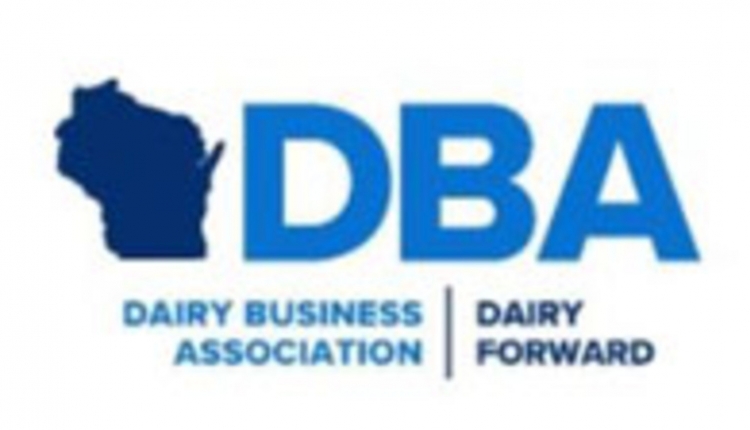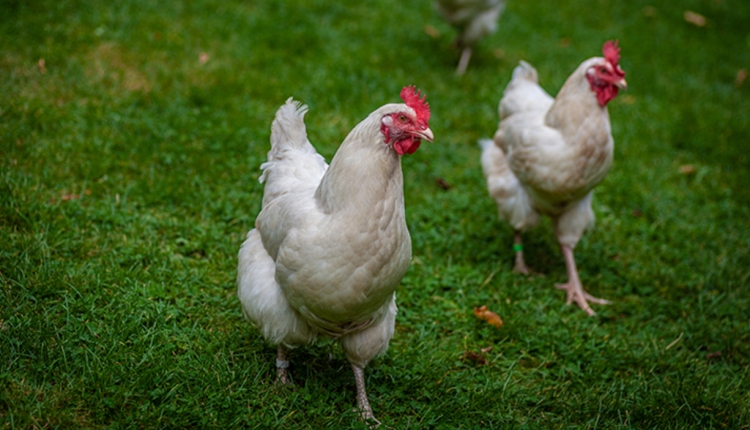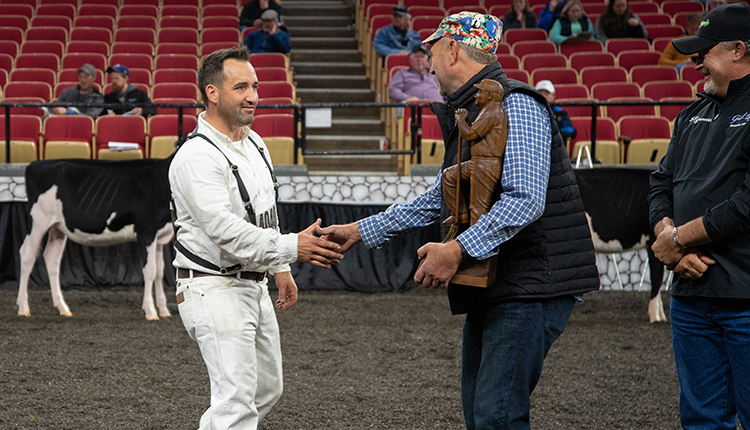 The farm bill came very close to passage last year. As part of that comprehensive national farm law, the Dairy Security Act (DSA) would have become the dairy portion of the farm bill. As Congress picks up the discussion this year, how would the DSA affect dairy producers? According to University of Minnesota's Marin Bozic, there are two key questions:
The farm bill came very close to passage last year. As part of that comprehensive national farm law, the Dairy Security Act (DSA) would have become the dairy portion of the farm bill. As Congress picks up the discussion this year, how would the DSA affect dairy producers? According to University of Minnesota's Marin Bozic, there are two key questions:Is the Dairy Security Act a good program?
If this program becomes law, is it good for me to participate?
"These are two different questions. We will focus on the second question, ‘If this program becomes law, is it good for me to participate?'" Bozic told those attending the National Dairy Producers Conference in Indianapolis, Ind. on April 8.
"There are four angles to DSA participation decision," Bozic said when discussing how dairy producers might look at the program. "We will look at each of these four issues:
1. Catastrophic risk insurance
2. Revenue enhancement
3. Stabilization program impacts on your farm
4. Policy risk.
"This program does work as catastrophic risk insurance," said Bozic, who explained that at $6 per hundredweight coverage it would shield producers against extremely low margins. In his example, he simulated conditions for a 150-cow dairy. "It pays you the most when you need it the most, even though it is better than just breaking even on average," said Bozic, whose slides for the talk can be found under the subhead "Presentation" at http://marinbozic.info/page_cv.php.
However, there is a difference between catastrophic insurance and revenue enhancement (points one and two outlined above). "When evaluating the DSA for revenue enhancement, one must look at the long-term effect of participating or not participating in the program," he said when discussing the comprehensive study that six economists from four universities collaborated on over the past year.
Bozic then evaluated how an expanding dairy would have been impacted by the DSA. The hypothetical dairy grew from 30 million pounds of shipped milk in 2005 to 55 million pounds in 2012? In this example, the dairy producer insured for a $6.50 margin each year.
On that example dairy, using actual market conditions from 2008 to 2012, the cumulative net revenue from 2008 to 2012 was high. It would be $542,914 over that time. (For more detail, see Bozic's slide deck, mentioned above.) It should be noted that looking at historical data can be an imperfect way to look at economic circumstances.
"You can not make a sound argument that a program is subsidized just by looking at the realized indemnities," said Bozic when discussing the program that would receive government support. "To make the argument that the margins are subsidized, you need to look at the average long-term effect of passive participation," he said. "Take a look at the cumulative expected net revenue if you just insure at $6.50. It is over $500,000 (in this example). That's the evidence that the premiums are subsidized," said Bozic. "Further evidence that the program, in addition to providing catastrophic risk insurance, actually has a revenue enhancement effect.
"The other way to talk about it . . . when you lose the program gives you a lot," said Bozic. "When your milk check is better than expected, you lose much less. So over a number of years, it does enhance your revenue compared to not participating," he concluded.
What about the stabilization component? Some dairy producers are vocally concerned about this component. "One of the biggest fears, I grew a lot. Does this look like a place that would be for the stabilization program? I doubled my farm's milk production. Do I want stabilization or supply management?" Bozic said, as he summarized and quoted concerns that some dairy producers have about the program.
"If you want to argue that stabilization will hamper your growth, please do so after looking at my graphs," said Bozic, as he showed a slide that compared actual milk marketings to either a one year (last year's base) or the three-month base which are the two comparison options when regulating milk flow in the proposed DSA. "If you can't clearly see which line is which, that is exactly my point," said Bozic. "The three-month stabilization base does allow you to grow."
Towards the end of Bozic's presentation, he discussed the fourth point, policy risk. "While private markets can offer some price protections, only the government will sell you insurance against expected low margins," noted Bozic when discussing the potential legislation. That was definitely the case in 2012 as the drought caused an unexpected shock to the market and high feed prices eroded margins. Bozic also explained that if a producer believes that this policy could spin milk supply out of equilibrium and depress milk prices, it's a reason to consider participation, as you will not be able to use futures markets to insure against a long-term decline in milk prices.
Bottom line, summarizing the four-points of Bozic's presentation:
Is the need for catastrophic risk insurance satisfied with the proposed policy reforms?
Yes. The programs effectively reduce extreme margin risk.
Do proposed policy reforms enhance revenue?
Yes. Premiums are affordable even when utilizing passive risk management strategies.
Will the Dairy Market Stabilization Program hurt me?
You have to figure it out for your operation. Stabilization base can closely follow growing milk markets.
Is there a ‘policy risk' - will proposed reforms raise the milk supply and reduce milk prices?
If you believe that ‘policy risk' is non-negligible, you should evaluate if staying outside the DSA could hurt you.
For those who want to listen to Bozic's entire presentation and read his slide deck, go to http://marinbozic.info/page_cv.php and scroll down to: Presentations: Dairy Programs in the 2013 Farm Bill: How would they work for your farm? 2013 National Dairy Producers Conference, Indianapolis, Ind., April 2013 (podcast).








